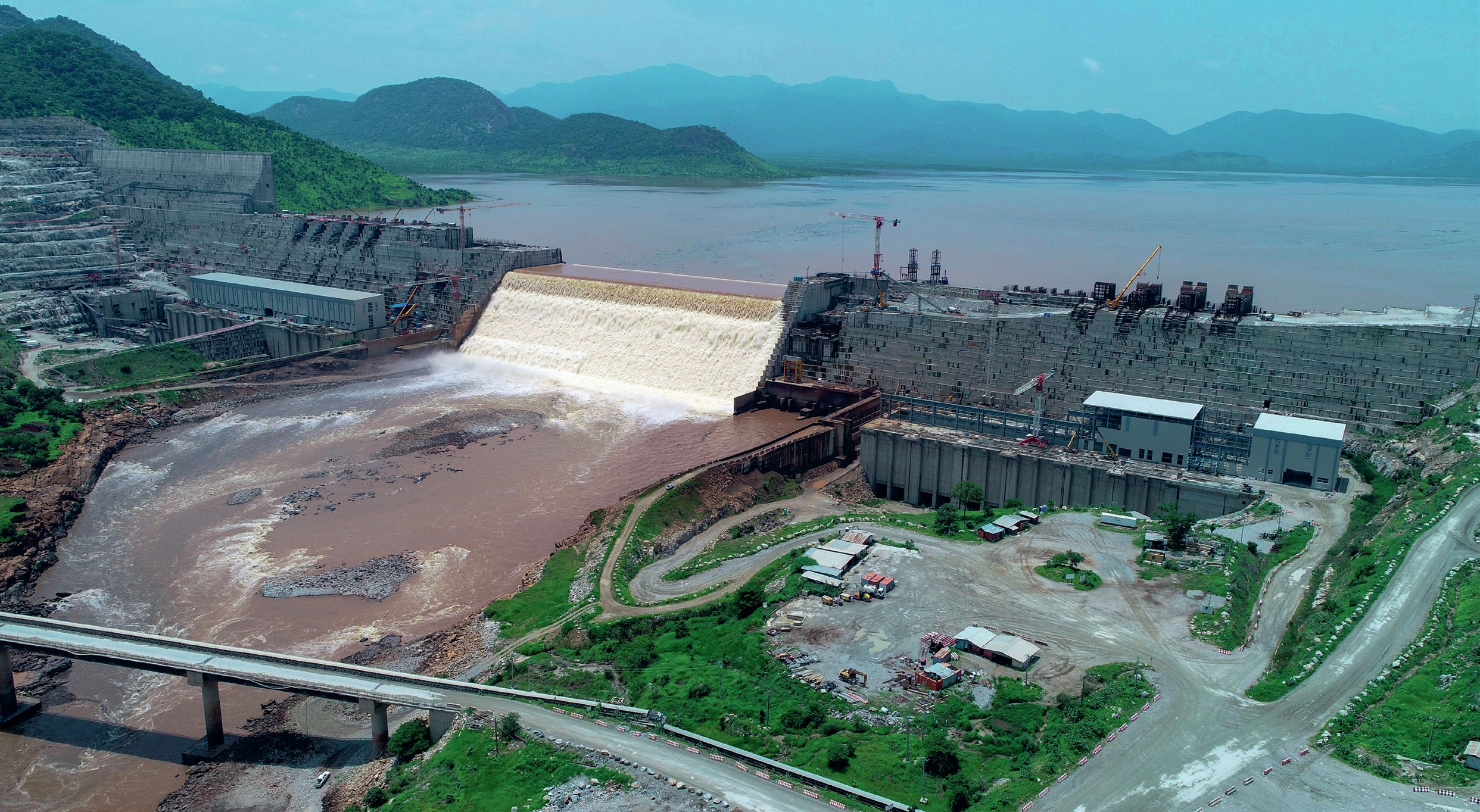
The River Nile, the longest river in the world, flows from south to north through 11 countries in eastern Africa. Its two main tributaries are the White Nile, which has its source in Lake Victoria, and the Blue Nile, which rises in the Ethiopian Highlands (see Figure 1). About 85% of the Nile’s water comes from the Blue Nile, and this makes countriesdownstream of Ethiopia, particularly Egypt and Sudan, very vulnerable to projects that alter the river’s flow.
About 96% of Egypt is desert and 95% of Egypt’s population live on just 4% of the land — a narrow and fertile belt that lies adjacent to the River Nile and the Nile Delta, which has formed where the river flows into the Mediterranean Sea.
Your organisation does not have access to this article.
Sign up today to give your students the edge they need to achieve their best grades with subject expertise
Subscribe




